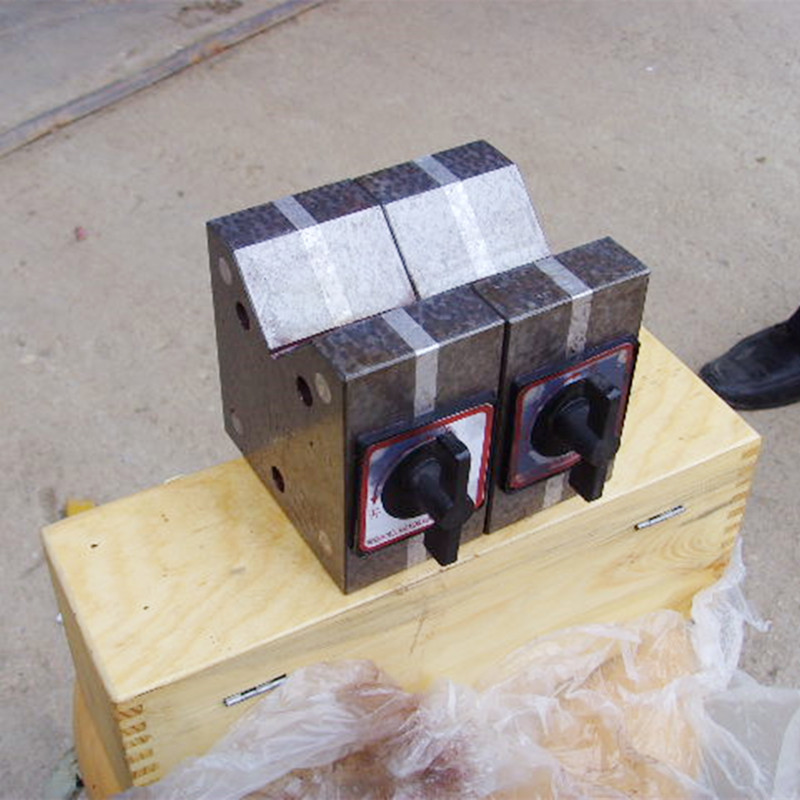dec. . 15, 2024 11:15 Back to list
steel check valve
Understanding Steel Check Valves Function, Applications, and Benefits
Steel check valves are crucial components in numerous industrial systems, providing a simple yet effective solution to prevent backflow in piping systems. These valves are designed to allow fluid to flow in one direction while automatically closing if the flow reverses, protecting equipment and maintaining system integrity. In this article, we will explore the function, applications, and benefits of steel check valves.
Function of Steel Check Valves
The primary function of a check valve is to permit the unidirectional flow of fluids—be it liquids, gases, or slurries. Steel check valves operate using a mechanism that inherently shuts off when the flow direction reverses, preventing potential damage or contamination. The valve consists of a body, a disc (or flap), and a seat. When fluid flows in the desired direction, the disc opens, allowing flow passage. If the flow attempts to reverse, the disc is pushed back onto the seat, effectively sealing the valve.
One of the most common types of steel check valves is the swing check valve, where the disc swings on a hinge, while another popular variant is the lift check valve, which moves vertically within the body. The choice between these designs often depends on the application requirements, including pressure, flow rate, and piping configuration.
Applications of Steel Check Valves
Steel check valves are widely used across various industries, including
1. Oil and Gas In oil and gas facilities, check valves prevent backflow in pipelines, ensuring the safe transport of crude oil, natural gas, and refined products.
2. Water Treatment These valves play a vital role in water distribution systems. They maintain the flow direction in treatment plants and prevent contamination from upstream sources.
3. Chemical Processing In chemical plants, check valves ensure that hazardous materials do not leak back into the supply lines, helping to maintain safety and compliance with regulations.
steel check valve

5. HVAC Systems In heating, ventilation, and air conditioning (HVAC) applications, check valves prevent the backflow of water or refrigerants, maintaining system efficiency.
Benefits of Steel Check Valves
Choosing steel check valves for industrial applications offers numerous benefits
1. Durability Steel, known for its strength and resistance to high pressures and temperatures, ensures that check valves can withstand harsh operating conditions, fostering a long service life.
2. Reliability The simplicity of their design makes steel check valves highly dependable. They require minimal maintenance, ensuring consistent performance over time.
3. Versatility Available in various sizes, shapes, and designs, steel check valves can be customized to meet specific application requirements, making them suitable for a broad range of industries.
4. Cost-Effectiveness Compared to other valve types, steel check valves often provide a lower total cost of ownership due to their longevity and low maintenance needs.
5. Safety By preventing backflow, these valves protect equipment from damage and reduce the risk of hazardous material leaks, ensuring operational safety.
Conclusion
Steel check valves serve as vital protective devices in many industrial processes. Their robustness, efficiency, and low-maintenance nature make them an ideal choice for applications requiring reliable backflow prevention. As industries continue to evolve and seek better solutions for fluid management, the role of steel check valves remains indispensable. By understanding their function, applications, and benefits, engineers and operators can make informed decisions that enhance the performance and safety of their systems. Ultimately, investing in high-quality steel check valves will lead to improved operational integrity and longevity, ensuring that industrial processes run smoothly and efficiently.
-
Why Metric Trapezoidal Thread is Ideal for Precision Motion ControlNewsAug.05,2025
-
The Unique Properties of a Block of Granite for Industrial UseNewsAug.05,2025
-
The Role of Flanged Y Strainers in Preventing Pipeline ClogsNewsAug.05,2025
-
The Importance of Regular Calibration for Master Ring GagesNewsAug.05,2025
-
How a Cast Iron Surface Table Enhances Accuracy in ManufacturingNewsAug.05,2025
-
Comparing Different Check Valve Types for Optimal Flow ControlNewsAug.05,2025
Related PRODUCTS









